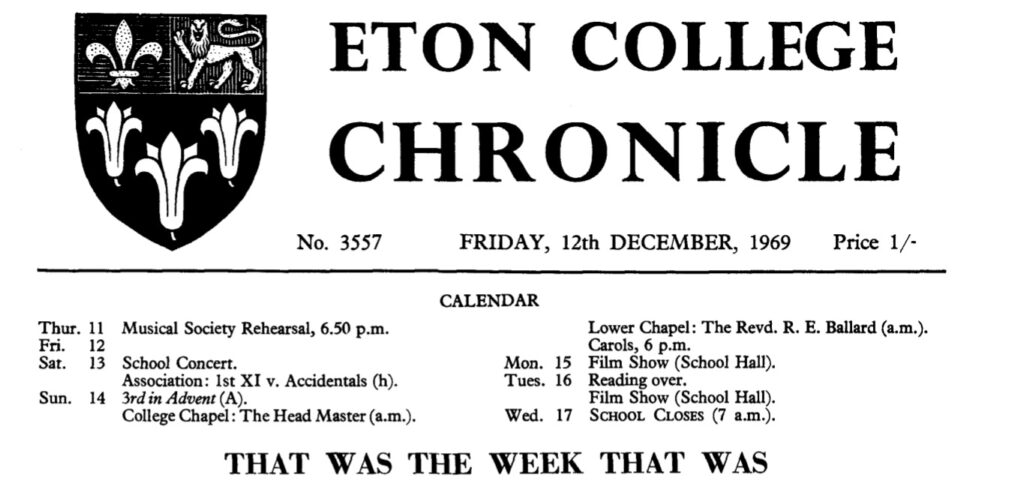One of the most striking exhibits in the Eton College Museum of Antiquities is this remarkable drinking vessel, made in the form of a partially-opened lotus flower.

The chalice is made from faience, which the ancient Egyptians called Tjehenet, which may be translated as ‘gleaming’ or even ‘dazzling’. It was produced from materials that were readily available and namely silica, lime, an alkali component and copper. This last was used to produce the desirable vibrant blue shade, so often seen in ancient Egyptian artefacts, decoration and jewellery.
The chalice is made in the form of a partially open lotus blossom. The Lotus grew abundantly in the Nile Valley, and was the symbol often used to represent Upper Egypt (the area to the south of Beni Suef). The Egyptian lotus or lily also features frequently in funerary art, as a symbol of regeneration and rebirth. In this case, the lotiform shape may be intended as an allusion to the divine status of the pharaoh, invoking his afterlife among the blessed.
But what of the decoration of the vessel itself? Modern eyes have come to associate ceramics with a rather gentle aesthetic, so it perhaps seems shocking to us that such a beautiful object should be decorated with scenes of a pharaoh beating a captive. While such violent imagery may not be to modern tastes, depictions of the pharaoh smiting his enemies form a consistent theme in the material culture relating to kings of ancient Egypt. Typically the pharaoh was shown holding the hapless enemy by the hair, whilst raising his weapon to strike him and, indeed, this is what we see here. The reproduction of this same image across the millennia strongly suggests that it was a formulaic way of praising the ruler: it features even in reigns that appear to have been stable and peaceful. Just as it was part of the pharaoh’s role to defend his people from their enemies, so the depiction of the smiting of the same was essential to the expression of the pharaoh’s power.
By Marie Harrison, Museum Custodian



